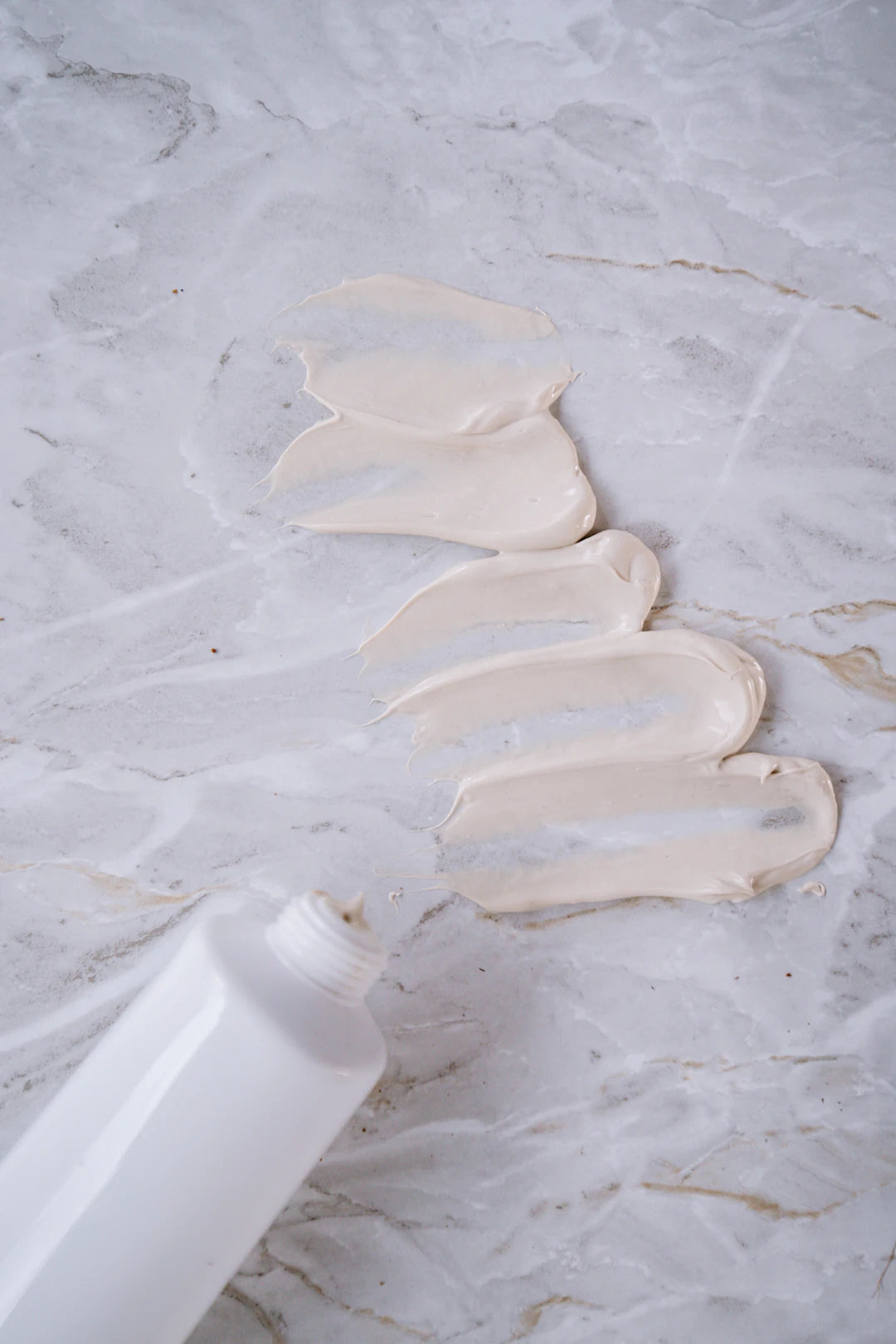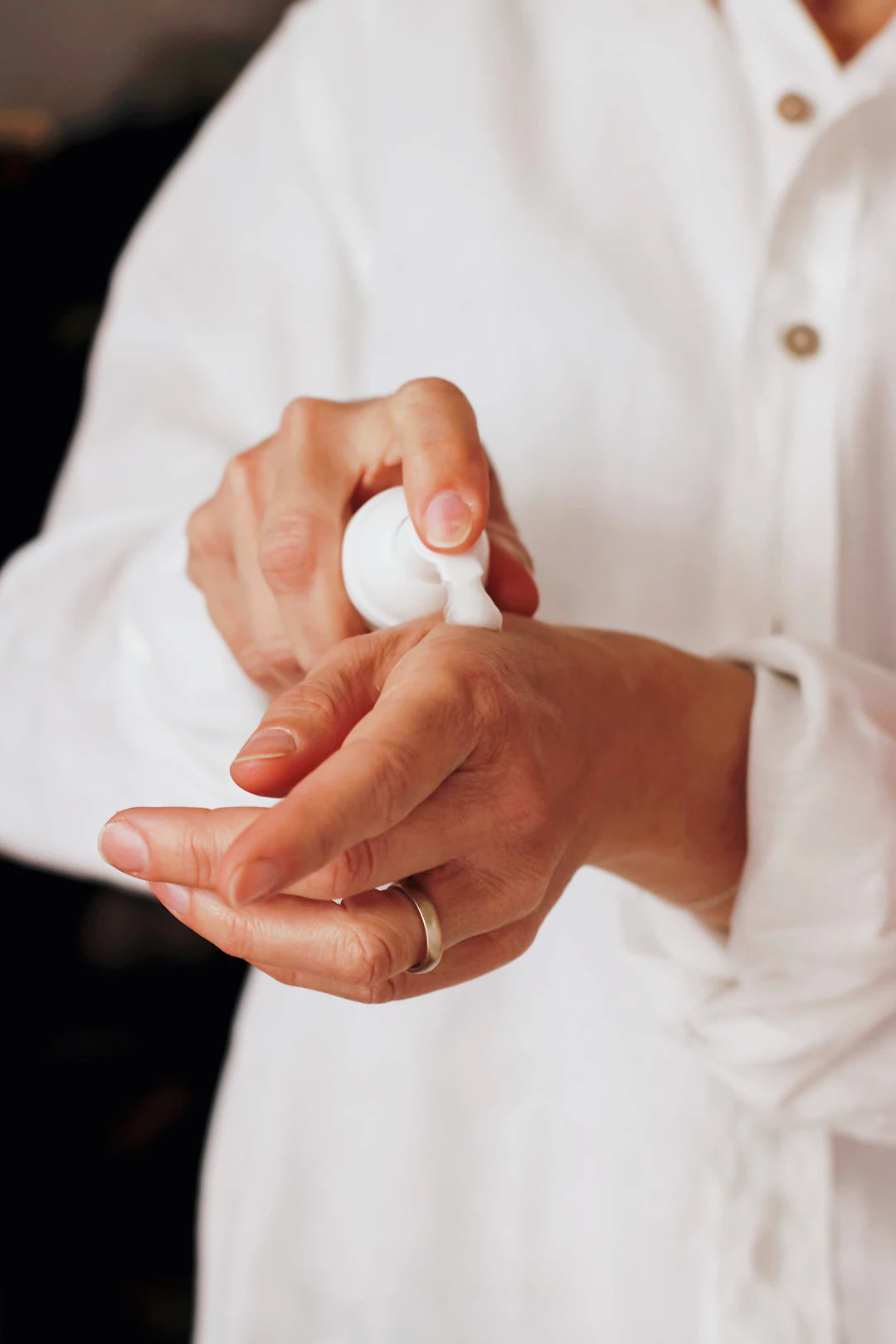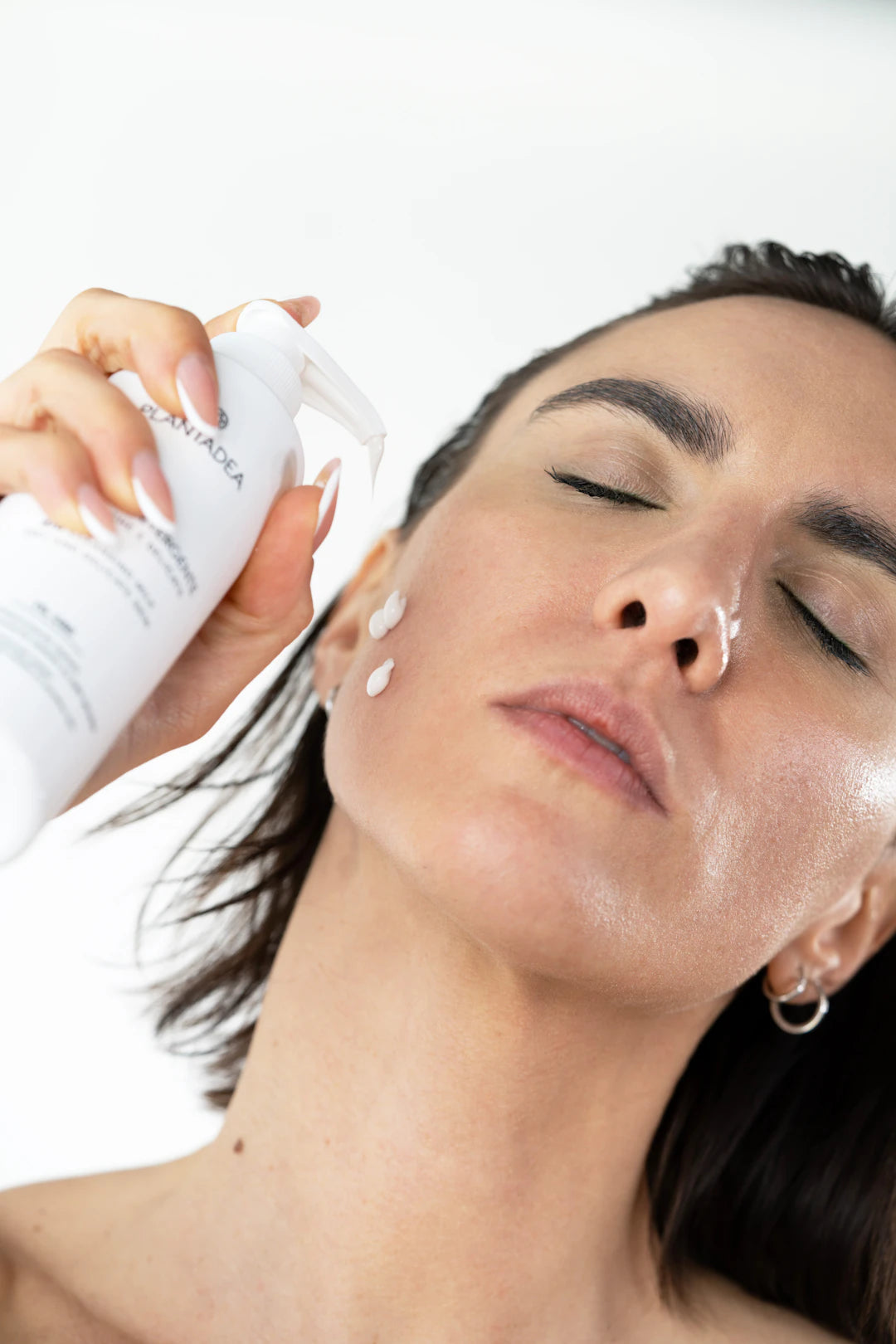Master Your Skin Type for a Flawless Skincare Routine

Frequently Asked Questions
1. What are the different skin types?
2. How can I determine my skin type?
3. What should I consider when building my skin care routine?
4. Why is it important to adjust your skincare routine with the seasons?
5. When should I consult a skincare professional?
Understanding your skin type is fundamental for developing an effective skin care routine. Each skin type has unique needs that require personalized care to maintain health and beauty. Whether you're dealing with dryness, oiliness, or a combination of both, knowing your skin type is the first step toward a radiant complexion. In this guide, we'll explore various skin types, their characteristics, and how to curate a skin care routine tailored just for you.
What Are Skin Types?
Skin types are categorized based on various factors including oil production, sensitivity, and hydration levels. Most people fall into one of the following categories: normal, oily, dry, combination, and sensitive. It’s essential to identify your skin type as it will inform the products you choose, ensuring they cater specifically to your skin’s needs.
Normal Skin
Normal skin is often considered the ideal skin type, characterized by a balanced oil output, minimal imperfections, and a radiant complexion. If you find that your skin isn’t too oily or dry, and you rarely suffer from breakouts or redness, you likely have normal skin.
Oily Skin
If your skin produces excess oil, appears shiny, and is prone to acne or enlarged pores, you have oily skin. This skin type requires special attention to control shine without stripping the skin of its natural moisture. Incorporating products with ingredients like salicylic acid can help manage oiliness, and a regular routine with a suitable retinol cream can aid in reducing breakouts while stimulating cell renewal.
Dry Skin
Dry skin feels tight, flaky, and often looks dull. It lacks moisture and needs hydration to restore its natural barrier. The key to a solid skin care routine for dry skin is moisturizing products. Look for creams and serums containing hyaluronic acid or glycerin, which can help attract hydration. Also remember to apply your retinol cream cautiously, as it may increase dryness if not paired with adequate moisturizers.
Combination Skin
Combination skin is a blend of oily and dry areas, typically characterized by an oily T-zone (forehead, nose, and chin) and dry, flaky cheeks. A versatile approach is needed here—use lightweight moisturizers for the oily areas and richer creams for dry patches. It’s essential to customize your skin care routine based on your skin’s fluctuating needs.
Sensitive Skin
Sensitive skin is easily irritated and may react negatively to certain ingredients or environmental factors. Redness, burning, and itching are common symptoms. A gentle skin care routine should focus on fragrance-free and hypoallergenic products to avoid triggering reactions. Always patch-test new products and prioritize soothing ingredients.
How to Determine Your Skin Type
Now that we have covered the main skin types, you might be wondering how to identify your specific type. Here are a few simple steps you can follow:
- Cleanse Your Face: Start with a gentle cleanser to remove makeup, sweat, and dirt.
- Wait: After cleansing, pat your face dry and wait for about an hour without applying any products.
- Observe: Pay attention to how your skin feels. Is it oily, tight, or comfortable?
This method will give you a clear indication of your skin type and how it reacts in its natural state, allowing you to create an effective skin care routine.
Building Your Skin Care Routine
Once you’ve determined your skin type, the next step is to build a tailored skin care routine that meets your unique needs. Here’s a foundational routine you can modify based on your specific concerns:
Step 1: Cleansing
Start with a gentle cleanser that’s appropriate for your skin type. Cleansing removes impurities while prepping your skin for follow-up treatments. Avoid harsh soaps that can strip natural oils and irritate your skin.
Step 2: Exfoliating
Exfoliating is crucial for removing dead skin cells, which can clog pores and lead to breakouts. However, choose your exfoliators carefully. While physical scrubs may be effective for oily skin, sensitive skin types should stick to chemical exfoliants with ingredients like glycolic or lactic acid.
Step 3: Toning
Toners are often overlooked but can significantly enhance your routine. They help balance pH levels, hydrate, and prep your skin for serums and moisturizers. Choose toners carefully to match your skin type—hydrating toners for dry skin, while those with glycolic or witch hazel can suit oily skin.
Step 4: Treatment Serums
This is the part of your routine where you can address specific skin concerns. For those with signs of aging, a retinol cream can be beneficial; it boosts collagen production, reduces wrinkles, and improves texture. Vitamin C serums can brighten and even skin tone. Select serums that target your particular issues.
Step 5: Moisturizing
Regardless of your skin type, moisturizing is essential. It hydrates and nourishes your skin, providing a barrier against environmental stressors. Oily skin types may prefer lightweight, oil-free moisturizers, while dry skin types should seek rich creams that lock in moisture.
Step 6: Sunscreen
Never skip out on sunscreen! Daily sunscreen application is crucial to protecting against UV damage—this applies to all skin types. Look for a broad-spectrum sunscreen with at least SPF 30. Apply it every morning, even on cloudy days.
Adjusting Your Routine with Seasons
Keep in mind that your skin's needs may change with the seasons. During the colder months, skin tends to become drier, necessitating a richer moisturizer. Conversely, summer may require lighter products to combat increased oiliness. Be adaptive to your skin's requirements to maintain its health and vibrance.
When to Consult a Professional
Not all skin concerns can be managed at home. It may be time to consult a dermatologist if you experience persistent issues like severe acne, eczema, or rosacea. A professional can provide tailored advice and treatment plans based on your individual needs. Remember, your skincare routine is a journey, and sometimes expert guidance can make all the difference.
Final Tips for a Radiant Skin
To enhance your skin’s health and appearance, keep the following tips in mind:
- Stay Hydrated: Drink plenty of water to maintain skin hydration.
- Healthy Diet: Include fruits, vegetables, and healthy fats in your diet.
- Don’t Overuse Products: Stick to a simple routine to avoid overwhelming your skin.
- Patch-Test New Products: Always test new products to prevent adverse reactions.
Your skin deserves the best care, and understanding your skin type is the first step toward achieving glowing, healthy skin. With a thoughtful approach to your skin care routine and the right products, you can elevate your skincare game. Remember, there’s no one-size-fits-all solution, and taking the time to find what works best for you is vital in achieving the skin of your dreams. With dedication and the right knowledge, a luminous complexion is well within your reach!


